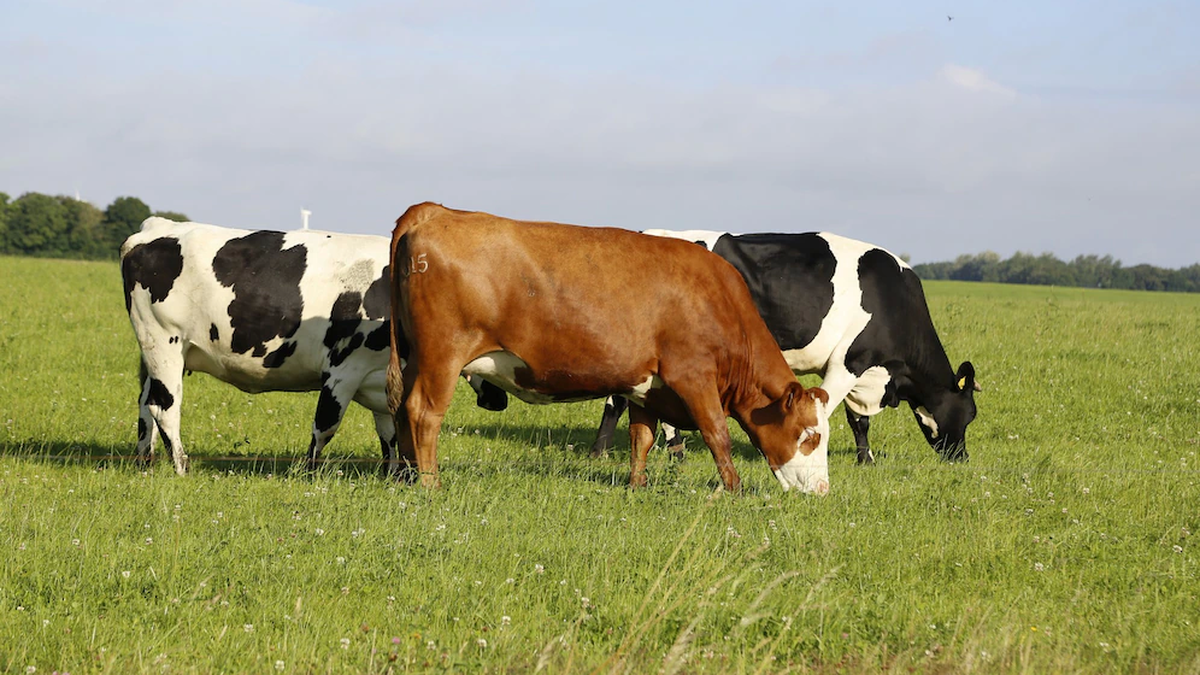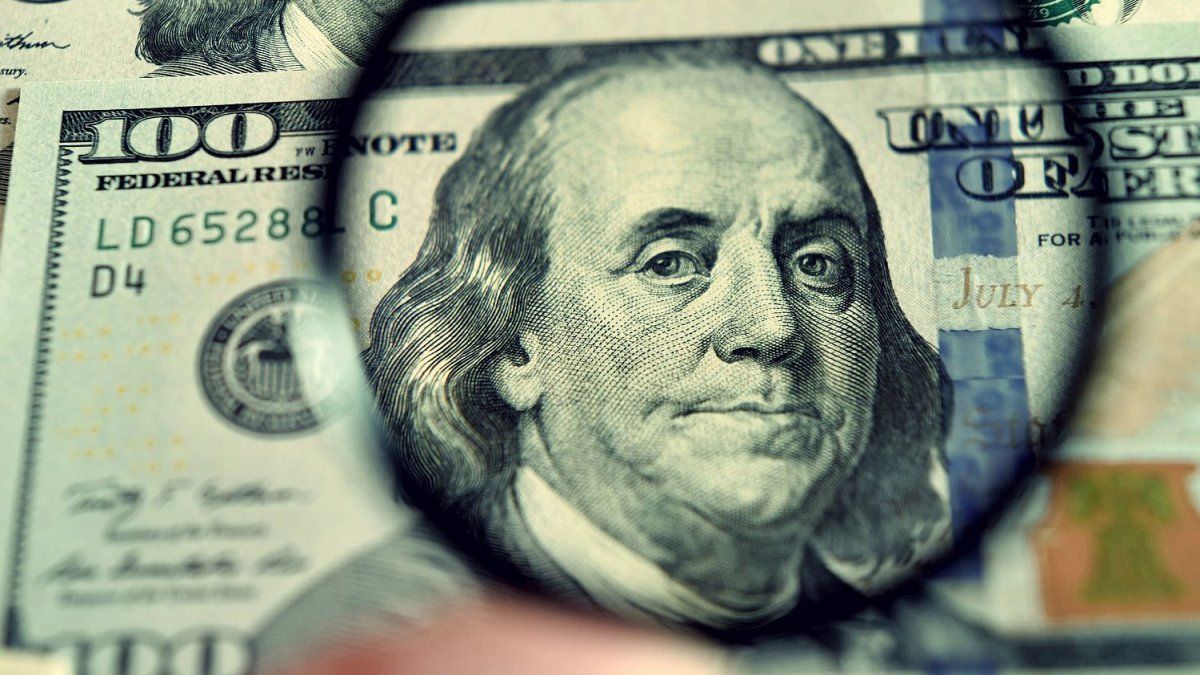The market price of Uruguayan steer was once again the highest in the region since May of last year, a position it had been occupying Argentina and which was usual for the country in 2018 and 2019 when demand from the Chinese market surged.
He steer Uruguayan prairie special closed this week at a price of $3.50 carcass, making an increase of 15 cents. The last time Uruguay It had the highest price in the region in May of last year and for a short period of time. However, it was a common condition in 2018 and 2019 when China began buying Uruguayan meat.
What happened to prices in the region?
The position occupied this week by Uruguay It was from Argentina. However, the Argentine market closed this week lower with a kilo carcass price of $3.43. Although the price of steer export in the local currency remained stable for the third consecutive week, what caused the price drop was the weakness of the exchange rate that caused the price to fall 19 cents on the dollar.
Brazil, For its part, it also perceived the market to be down with a price of the steer for 3.03 dollars, perceiving a decrease of 2 cents on the dollar. Even this price is without counting the tax called Funrural which has a period of 30 days for payment.
Next year a normalization in demand in the meat market is expected
He meat market was affected this year by weather conditions and, on the other hand, by a drop in demand for markets, while next year expectations are expected to improve.
“It is being promoted that what is the demand, and with that prices, towards a value that is more beneficial for everyone,” said the livestock consignor and meat broker, Juan Böcking, to Radio Carve. “I don’t know if they are signs, or aspirations that we all have,” she added.
However, the broker assured that the prospects are not entirely clear. “One can deduce from the chores that have been and the situation of some other countries, such as Australia, and if one analyzes what the entire situation is, it suggests that it should be normalized,” he explained.
China, for its part, is a special case since, according to Böcking, “it got used to it badly after the price peak that we had, because nothing was enough for the Chinese, they began to release Brazilian plants, and they bypassed us and the supply in the Chinese market.”
“We have to understand that with the Chinese market the logistics of the business are complex,” stated the broker who recalled that between the time the deal is finalized and the meat arrives at its destination, a period of time passes between 3 and 5 months. “Although it is a demanding market, it is not an easy market to rush,” she explained.
Source: Ambito




